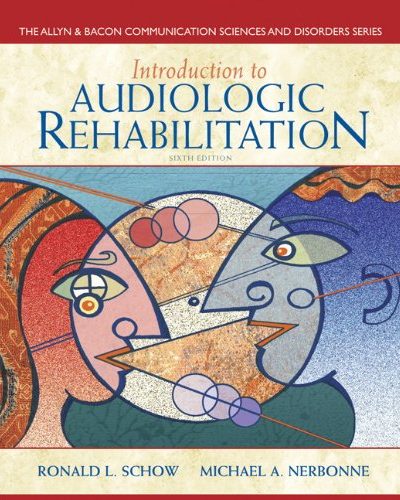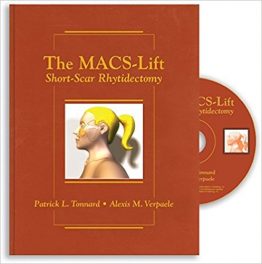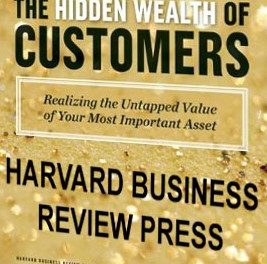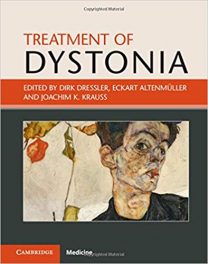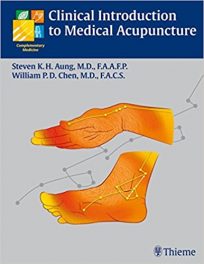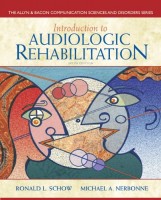 Editors: Ronald L. Schow and Michael A. Nerbonne
Editors: Ronald L. Schow and Michael A. Nerbonne
Publisher: Pearson Education
Book Review by: Venkat Subramaniam
- About 2 to 4 of every 1,000 people in the United States are “functionally deaf,” though more than half became deaf relatively late in life; fewer than 1 out of every 1,000 people in the United States became deaf before 18 years of age.
- However, if people with a severe hearing impairment are included with those who are deaf, then the number is 4 to 10 times higher. That is, anywhere from 9 to 22 out of every 1,000 people have a severe hearing impairment or are deaf. Again, at least half of these people reported their hearing loss after 64 years of age.
- Finally, if everyone who has any kind of “trouble” with their hearing is included then anywhere from 37 to 140 out of every 1,000 people in the United States have some kind of hearing loss, with a large share being at least 65 years old.
These numbers are from the Federal government. I found them posted on the website of Gallaudet University: www.research.gallaudet.edu
I think the most meaningful numbers are the ones in the second paragraph above: 9 to 22 of every 1,000 people have a severe hearing impairment or are deaf. This equates to just a little below one percent to a little above two percent: nine-tenths of one percent to 2.2 percent. As a statistic these are small numbers. But that actually translates to as many as 6.82 million people!
And when you focus on the people who are deaf or severely impaired, their daily living activities are affected to some extent, and for some, in very severe ways.
Much has been done in recent decades to help the hearing impaired. Technological advancements have enabled the development of devices for this population. Education and training of specialists who treat these patients is another way to help them improve the quality of their lives.
That’s where this book – Introduction to Audiologic Rehabilitation which first appeared in 1980 – comes in. Packed with a lot of specific information that you the student of audiology or practitioner can use, this is a very valuable resource.
From an overview of the different levels of hearing loss, to the basics of audiologic rehabilitation, to the range of hearing aids available, to cochlear implants and vestibular and tinnitus rehabilitation, to auditory and visual stimulation in communication, this is the definitive reference source for you if your mission is to help the hearing impaired as much as you can.
The book also contains chapters on the language and speech of the deaf and hard of hearing; the psychological aspects of hearing loss and counseling basics; audiologic rehabilitation services in schools; specifics on how to treat different age groups of individuals with hearing limitations; and various case studies that you can learn from.
The current edition has numerous updates and additions. Especially useful are lists of recommended websites and readings at the end of each chapter which can give you plentiful of current, relevant, and highly useful information.
For your benefit, this is an overview of the contents of the three Parts of this valuable book:
- I. Fundamentals of Audiologic Rehabilitation
- Overview of Audiologic Rehabilitation
- Hearing Aid and Hearing Assistive Technologies
- Cochlear Implants and Vestibular / Tinnitus Rehabilitation
- Auditory Stimulation in Communication
- Visual Stimuli in Communication
- Language and Speech of the Deaf and Hard of Hearing
- Psychosocial Aspects of Hearing Loss and Counseling Basics
- Audiologic Rehabilitation Services in the School Setting
- II. Comprehensive Approaches to Audiologic Rehabilitation
- Audiologic Rehabilitation in Children
- Audiologic Rehabilitation for Adults and Elderly Adults
- III. Implementing Audiologic Rehabilitation: Case Studies
- Case Studies: Children
- Case Studies: Adults and Elderly Adults
This is a well-organized, integrated book on the rehabilitation of the hearing impaired. The two editors and 14 contributors named below have done a marvelous job in developing this sixth edition.
Editors:
Ronald L. Schow is affiliated with Idaho State University
Michael E. Nerbonne is affiliated with Central Michigan University.
Contributors:
Jeff E. Brockett, Ed.D – Idaho State University, Boise, Idaho
Kristina M. Blaiser, PhD – Utah State University, Logan, Utah
Catherine Cronin Carotta, Ed.D – Boys Town National Research Hospital, Omaha, Nebraska
Deborah S. Culbertson, PhD – East Carolina University, Greenville, North Carolina
Kris English, PhD – University of Akron, Akron, Ohio
Nicholas M. Hipskind, PhD – Indiana University, Bloomington, Indiana
Alice E. Holmes, PhD – Florida Health Science Center, Gainesville, Florida
Holly Kaplan, PhD – University of Georgia, Athens, Georgia
Mary Pat Moeller, PhD – Boys Town National Research Hospital, Omaha, Nebraska
Michael A. Nerbonne, PhD – Central Michigan University, Mt. Pleasant, Michigan
M. Kathleen Pichora-Fuller, PhD –University of Toronto at Mississauga, Mississauga, Ontario
Gary P. Rodriguez, PhD – Manatee Hearing and Speech Center, Bradenton, Florida
Ronald L. Schow, PhD – Idaho State University, Pocatello, Idaho
Mary M. Whitaker, Au.D – Idaho State University, Pocatello, Idaho

